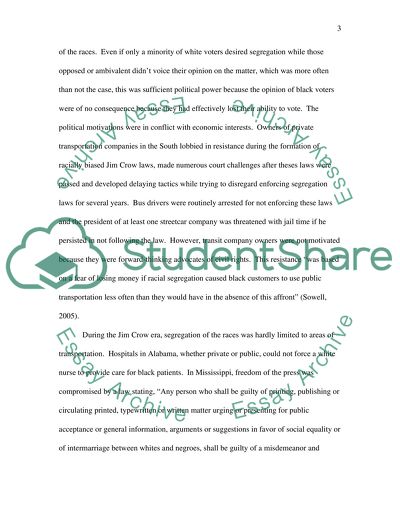Cite this document
(“Civil Rights Essay Example | Topics and Well Written Essays - 3000 words”, n.d.)
Retrieved de https://studentshare.org/history/1392553-civil-rights
Retrieved de https://studentshare.org/history/1392553-civil-rights
(Civil Rights Essay Example | Topics and Well Written Essays - 3000 Words)
https://studentshare.org/history/1392553-civil-rights.
https://studentshare.org/history/1392553-civil-rights.
“Civil Rights Essay Example | Topics and Well Written Essays - 3000 Words”, n.d. https://studentshare.org/history/1392553-civil-rights.


